Peter Schiff: March Madness in the Bond Market
There was a little March Madness on Wall Street. In fact, the month turned into an old-fashioned blood bath. But you wouldn’t have found any carnage in the stock market. In fact, the Dow Jones gained a decent 2.3% on the month. But beneath that glittery stock market stage (that attracts the most investor attention) there was some chaos in the orchestra pit. The normally sleepy bond market just experienced one of its worst months ever, and one of its worst quarters in over forty years, down almost 7%. The municipal bond market just posted its worst quarter since 1994, down more than 5%.
Investors who look to bonds for safety and modest returns just received a brutal lesson in the perils of unexamined optimism. But as bad as the losses were, I believe they could have been far worse had investors had a more realistic outlook on future inflation. When they finally figure it out, it’s not just bond investors who may suffer.
In many ways, the bond market acts as both the nervous system and the safe deposit box of the financial world. Borrowing costs and access to capital are fundamental inputs for individuals, corporations, and governments, and those conditions are established in the bond market.
In September of 1981, a 20-year bear market in bonds finally capitulated in a stunning inflation-driven rout that took yields on 10-year treasury bonds to nearly 16%. (In the bond market yields rise when bond prices fall). For a generation prior, people had been selling bonds for less than they had paid, and borrowers had to continually pay more in interest to attract nervous investors who had been spooked by previous losses.
But after Paul Volcker had finally started restoring some order to the madness, things got steadily better. Despite some relatively minor counter-trend movements, the bond market for the past 40 years has been a warm, happy place where bond issuers have been able to market their debt at increasingly lower rates, and those buyers who then decided to sell always found a long line of new buyers happy to pay more. Generations of investors have come and gone under these benign conditions.
But it looks like the long-running party may finally be over. In just one month, yields on 10-year treasury bonds shot up by almost one-half of one percent. While that doesn’t sound like much in absolute terms, it does mean that in just one month, borrowing costs increased by more than 25%. The pain of these increases is just starting to ripple through the economy.
It also means that bond investors got unexpectedly mugged. For instance, those unlucky enough to buy shares at the start of the month of the $4 billion Vanguard Long Term Treasury Fund, an exchange-traded fund that invests primarily in Treasury bonds with maturities of at least 15 years, saw losses of nearly 5% for the month. Given that these bonds offer a distribution of less than 2% annually, those losses may equal two and a half years of expected returns. If they had been unlucky enough to buy in at the beginning of December of last year, they would be down just about 12% in just four months. That’s not supposed to happen to the supposedly safest investment on Wall Street.
But the losses in the bond market shouldn’t have surprised anyone. Based on the failure of the current surge of inflation to show any signs of slowing, investors should have expected that the Fed would have to make good on its promises to raise rates to stop it. Basic investment doctrine holds that a trend of rising rates creates losses for existing bondholders. That’s because the higher interest offered by newly issued bonds means that older lower-yielding bonds need to be marked down to find buyers, creating losses for sellers.
The question is what took bond investors so long to wake up and smell the coffee. As late as November of last year, yields on 10-year Treasury bonds were as low as 1.3%. At that point, inflation had been running north of 7% or 8% for months and showed no sign of slowing. At that time there was virtual unanimity that the Fed would have to raise rates in 2022 and 2023 to levels that would be well north of 1.3%. But investors were still willing to lock up funds for 10 years knowing that they would soon be able to buy short-term bonds with higher yields. Now that 10-year yields have risen to 2.6%, current investors are making the same bad bets, although marginally less bad than they were six months ago.
It’s my belief that after being conditioned by 40 years of nearly risk-free returns, the bond market simply lost the ability to recognize return-free risk, no matter how obvious. Currently, the consensus on Wall Street is firmer than it was six months ago that rates will be at 2.5% or 3% by the middle of next year. But investors also believe that those higher rates will have their desired effect and will slay the inflation dragon that is currently scaring the spit out of consumers and business owners.
But no economic doctrine would support the claim that rates that are five percent below the rate of inflation (which will be the case if inflation stays at 7.5% while rates go up to 2.5%) will create the tighter monetary conditions needed to bring down inflation. To do that, rates are supposed to be restrictive, which has always meant ABOVE the rate of inflation, not way below it. In fact, even if we had 2.5% rates right now, Fed policy would still be one of the most stimulative policies on record.
Forecasters are also concluding that the current tightening cycle will tip the country into a mild recession, which they believe will reduce inflation to tolerable levels. Recent yield curve inversions, in which rates on two and five-year Treasury bonds are higher than for 10 and 30-year Treasury bonds, confirm the belief that a near-term recession is likely. This conclusion is followed by the idea that a recession will help bring rates back down. That belief is the primary reason that investors are now willing to accept lower rates for longer-term bonds than they are for short-term bonds.
Vladimir Putin may have had this kind of wild optimism when he ordered the invasion of Ukraine. He seems to have calculated that in just a few days his military would topple the Zelensky government and install a pro-Russia regime, and then he would smooth things over with the West and go down in history as the man who restored the Czarist and Soviet empires. The only problem is, things didn’t go anything like that. The financial markets may be similarly delusional.
While Putin never allowed for the possibility that his tanks would fail to subdue Ukrainian defenses, investors are not recognizing the possibility that a recession will fail to subdue inflation. The theory holds that when a recession comes, businesses cut back, workers lose their jobs and tighten their belts, and the demand for goods and services fall. To clear bloated inventories sellers must cut prices, and inflation comes to a halt.
But the faith in the inflation-busting power of recessions forgets that it’s not just demand that determines prices. As it happens, demand has this surly and non-cooperative buddy called supply. And if the supply of goods and services falls as fast as, or even faster than, the demand for goods and services, then prices can go up even in the face of recession. This result is a condition called stagflation, a phenomenon of the 1970s that was even uglier than an orange polyester leisure suit. In such a scenario, the pain of economic contraction is magnified by the scourge of higher prices.
There are many reasons to believe that supply is not rebounding nearly as robustly as economists would like. Increasing output requires more workers and higher productivity. We are getting neither. Workers who left the labor force in droves during the pandemic are sitting on the sidelines. Older workers may have been coaxed into early retirement by windfall real estate gains and swelling 401k plans. Younger workers may be soothed into complacency by stimulus checks, day-trading profits on meme stocks and cryptocurrencies, low marriage and birth rates, and the availability of spare rooms at their parents’ houses. But for whatever reasons, employers can’t find employees, and they must pay more to those willing to work.
To make matters worse, productivity gains are being held down by massive government spending and increasing taxation and regulation coming from the Biden administration. The latest budget proposals from the White House contain a slew of provisions, including an unconstitutional and massively destructive wealth tax, that if passed would compel American entrepreneurs to take their businesses elsewhere. But even if that monstrosity doesn’t become law, higher taxes on the most productive Americans are inevitable, and mere proposals like this one could send a chill.
There is also the issue that any recession created by tightening financial conditions will instantly create pressure for the Fed to pivot back to stimulus. Don’t forget, the Fed is not just raising interest rates, but they are quickly shifting from a policy of quantitative easing, where it purchases tens of billions per month in long-term bonds, to quantitative tightening, where it sells similar quantities, thereby withdrawing liquidity from the market. The same shift made an unexpectedly heavy impact on the economy and financial markets back when it was last tried in 2018, forcing the Fed to reverse course far sooner than it had intended. This may mean that if inflation doesn’t come down very fast, the Fed will run out of options sooner than people think.
Today’s delusional bond investors fail to grasp that the coming recession may actually make inflation worse. Should the Fed ultimately be forced to reverse course by cutting interest rates and resuming QE, the bottom may drop out of the dollar. This will cause still high inflation to accelerate. The cost of imports will increase, reducing the supply of goods coming into the country. On the other hand, the price of domestic goods, whether newly produced or existing, will decrease for foreign buyers, causing exports to surge. So, the supply of goods available to domestic consumers will fall, just as the supply of money available to buy them increases.
In the past, newly printed dollars were exported as private investment demand and central bank reserve demand for dollars outstripped the growth in supply. This literally allowed the U.S. to export its inflation and import real goods. Not only did this keep domestic goods prices low, but it also kept financial prices high. That led to the seemingly benign outcome of inflation lifting asset prices instead of consumer prices. But this time around foreign demand for dollars may be significantly diminished. In fact, both public and private holders of dollars may look to sell the dollars they already have rather than buy more, creating a perfect storm of surging supply and collapsing demand. So not only will America be unable to export its new inflation, but previously exported inflation will wash back onshore.
For now, at least, investors can take solace that the Fed appears to be the only major central bank that is even hinting at fighting inflation. In comparison, the Bank of Japan (BofJ) has promised to keep short-term rates below one-quarter of one percent in perpetuity, despite the uncomfortable reality of inflation surging to its highest level in years and the yen plunging against the dollar.
In committing to holding rates to almost zero forever, the BoJ is admitting that its decades-old rationale for low rates has been a lie all along. It always claimed that the policy was needed to stop deflation. But now that the inflation that it always hoped for has arrived, its policy has become even more dovish. Could it be that the BoJ was always more motivated by the need to hold rates low so that the Japanese government could afford to pay the interest on its massive public debt?
Similar problems are erupting in Europe, where surging inflation will soon be putting the monetary union into a severe stress test. Last week it was revealed that year over year inflation in the Eurozone had hit a record 7.5%. But unlike the Fed, the European Central Bank isn’t even talking about raising rates, which are still at zero. Maybe the Europeans feel that the war in Ukraine precludes any possibility of rate increases while hostilities persist. Or maybe they feel that their inflation will end as soon as the war does, with no need for monetary tightening now. But if they miscalculate, the fallout could be existential.
As we saw back in the 2011 Greek debt crisis, the unity of the European Union can be very fragile, and debt service issues can be the fault line. Debt-to-GDP ratios are much higher in the “Southern Tier” countries like Italy, Spain and Greece, than they are for the “Northern Tier” countries like Germany, Holland and Belgium. That makes the southern tier much more sensitive to interest rate increases. Since these countries can’t print their own money, they must respond to increasing debt service costs with cuts to other areas of government spending, a possibility that entitlement-heavy European economies never want to consider.
The risks of reigniting the old battle between northern-style austerity and southern-style deficit spending. The tension may inspire southern nations to leave the eurozone so that they can print their own money to pay off their debts, thereby exchanging fiscally imposed austerity with inflation. But even the Germans don’t want this outcome, so the EU may be stuck in a monetary maze from which they may never emerge.
In any event, the turbulence that we are seeing in the bond market now may be the opening crescendo of a much larger financial calamity that will be seen in stocks, real estate, and the economy at large.



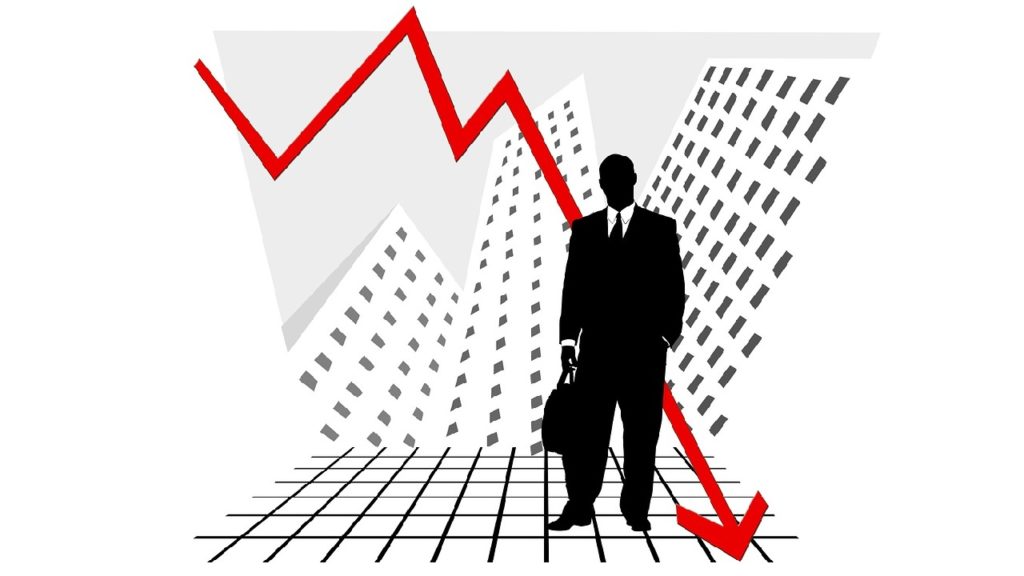

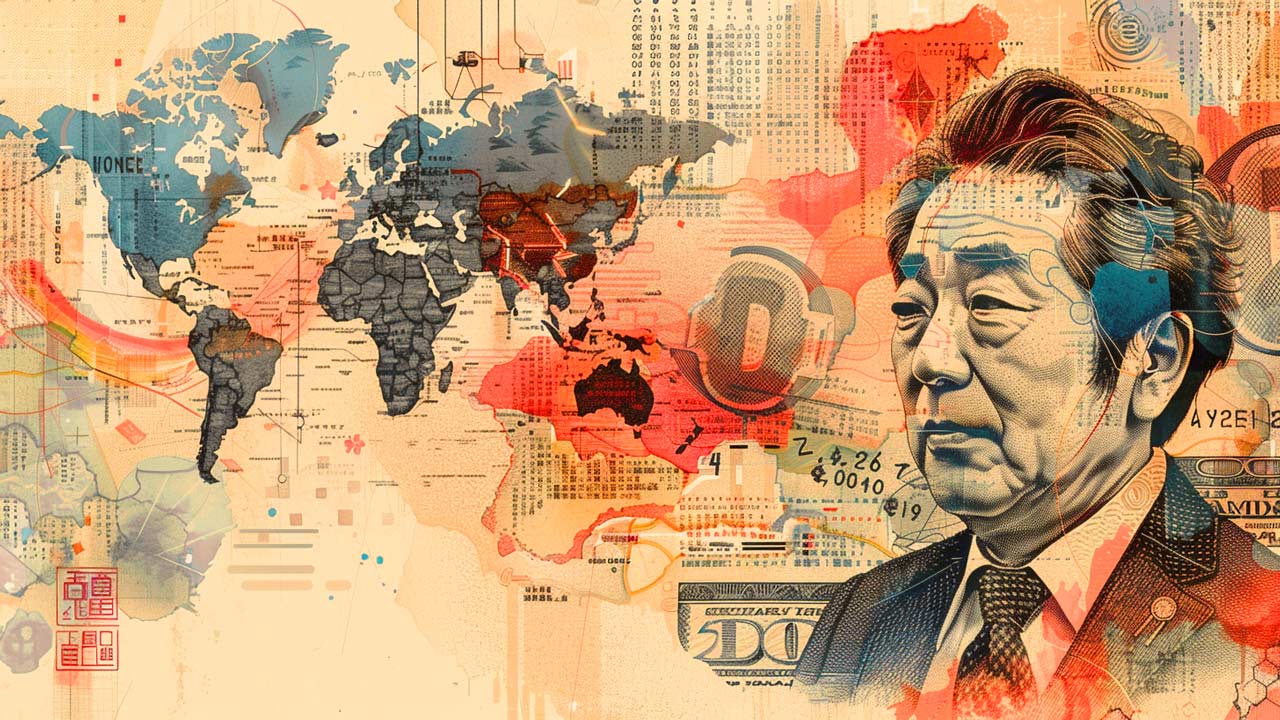 Decades of negative interest rate policy in Japan have ended. That could mean the end of the $20 trillion “yen carry trade,” once one of the most popular trades on foreign exchange markets, and a chain reaction in the global economy. The yen carry trade is when investors borrow yen to buy assets denominated in […]
Decades of negative interest rate policy in Japan have ended. That could mean the end of the $20 trillion “yen carry trade,” once one of the most popular trades on foreign exchange markets, and a chain reaction in the global economy. The yen carry trade is when investors borrow yen to buy assets denominated in […]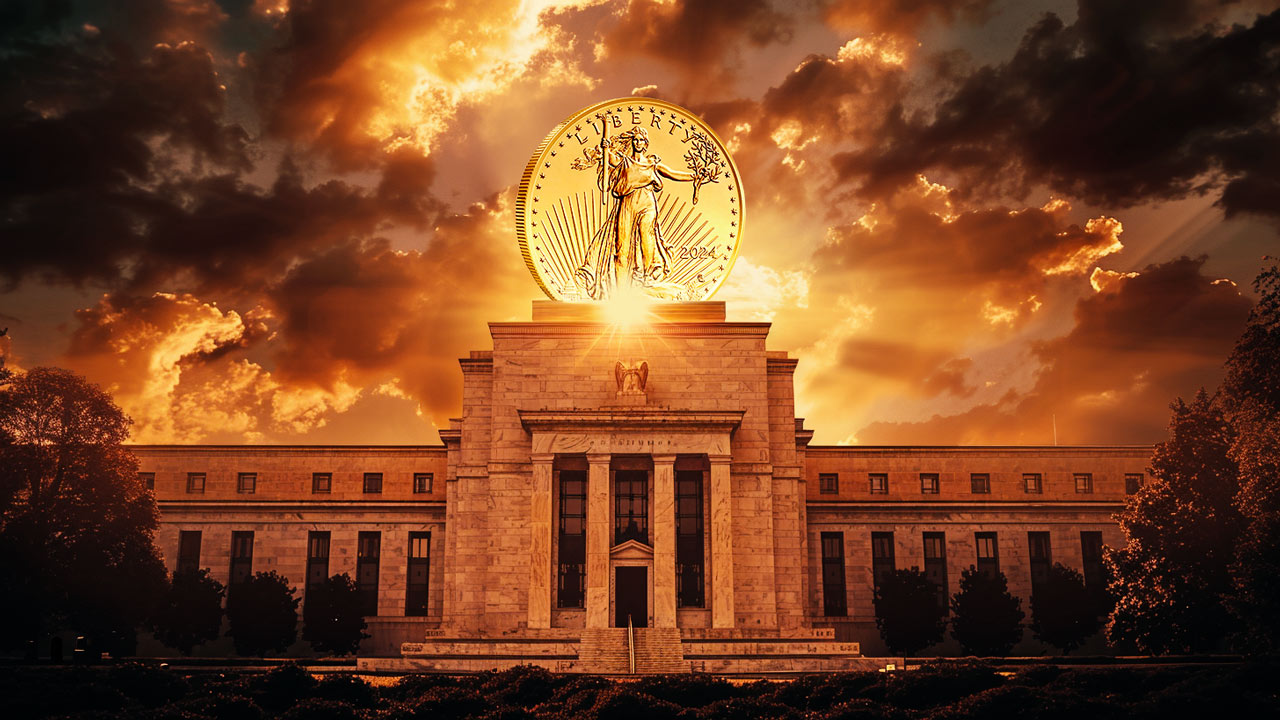 With a hot CPI report casting a shadow of doubt on the likelihood of a June interest rate cut, all eyes are on the Fed. But they’ve caught themselves in a “damned if they do, damned if they don’t” moment for the economy — and the news for gold is good regardless.
With a hot CPI report casting a shadow of doubt on the likelihood of a June interest rate cut, all eyes are on the Fed. But they’ve caught themselves in a “damned if they do, damned if they don’t” moment for the economy — and the news for gold is good regardless. 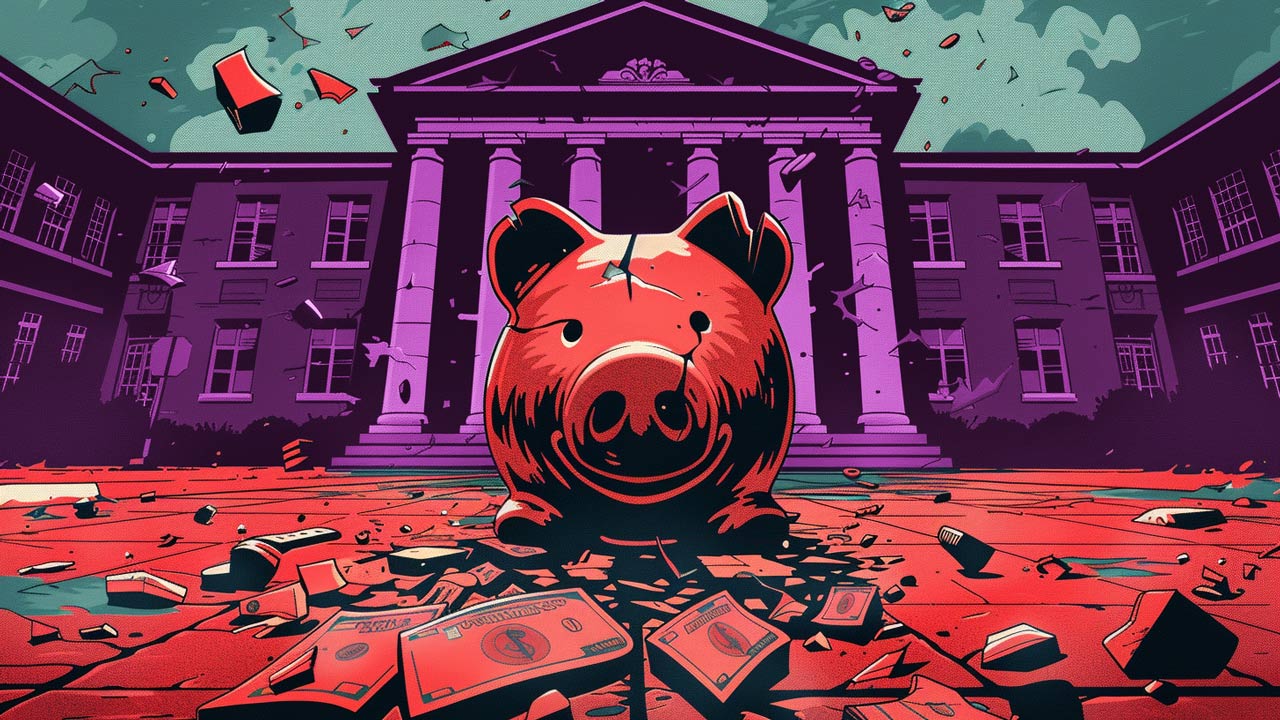 It’s no secret that the American public is wildly ignorant of many issues that are central to the success of our nation. Just a generation ago it would have been unthinkable that less than half of the American population could recognize all three branches of government. America is in most cases far less educated about its government […]
It’s no secret that the American public is wildly ignorant of many issues that are central to the success of our nation. Just a generation ago it would have been unthinkable that less than half of the American population could recognize all three branches of government. America is in most cases far less educated about its government […]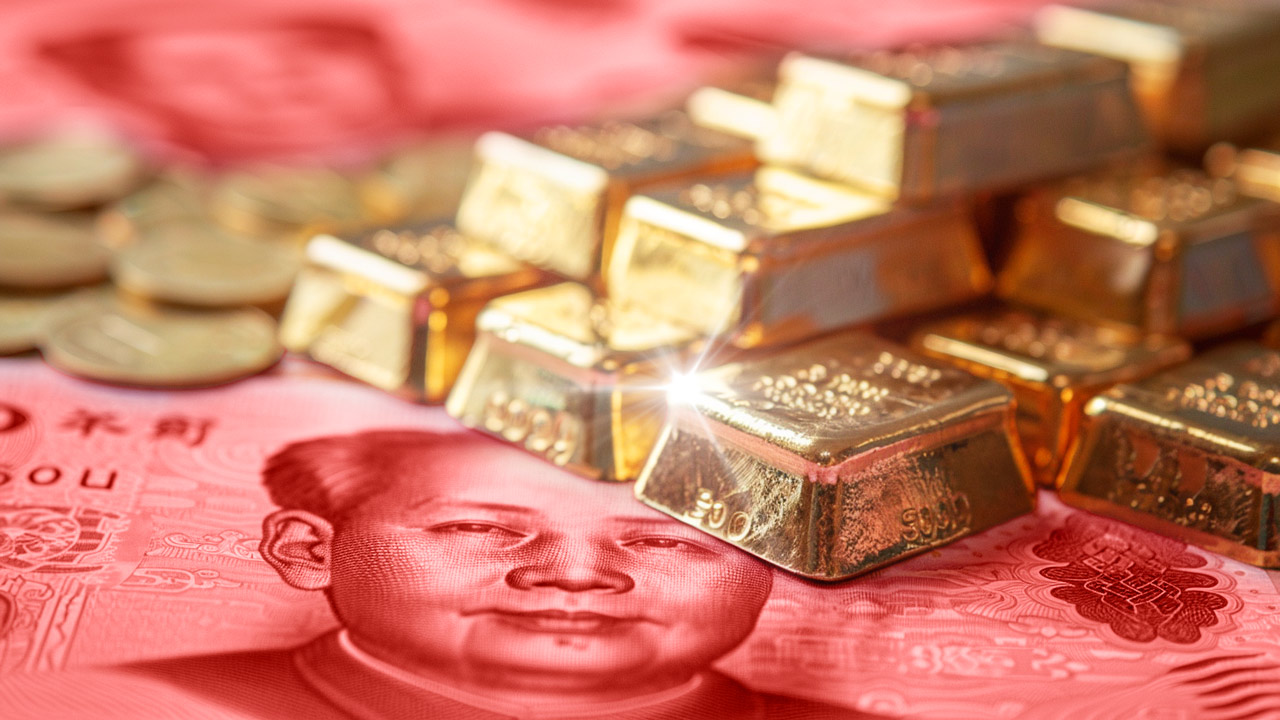 In investing, “Buy low, sell high” is among the most well-known sayings, and generally, it’s good advice. But with gold still holding near its historic all-time highs, central banks led by China are bucking the classic adage and smash-buying more, buying the top to fortify themselves against a global monetary and financial blow-up.
In investing, “Buy low, sell high” is among the most well-known sayings, and generally, it’s good advice. But with gold still holding near its historic all-time highs, central banks led by China are bucking the classic adage and smash-buying more, buying the top to fortify themselves against a global monetary and financial blow-up. When John Bogle died in 2019, people around the world mourned. Bogle created the Vanguard Group and made the index fund mainstream. Index funds are investment vehicles that invest in a class of investments as a whole, rather than trying to predict what specific stocks or securities will do best. So an investor could invest in an […]
When John Bogle died in 2019, people around the world mourned. Bogle created the Vanguard Group and made the index fund mainstream. Index funds are investment vehicles that invest in a class of investments as a whole, rather than trying to predict what specific stocks or securities will do best. So an investor could invest in an […]